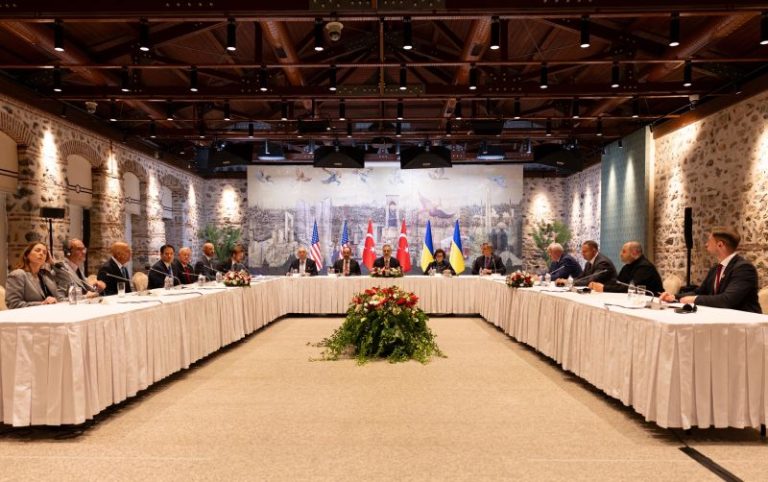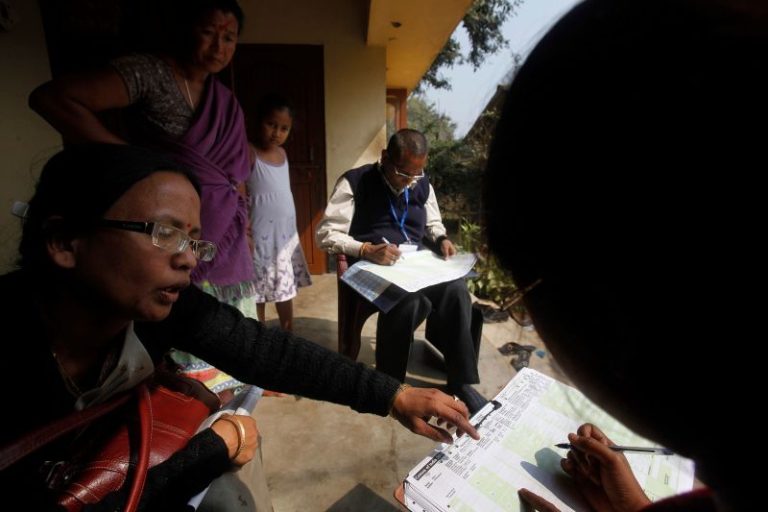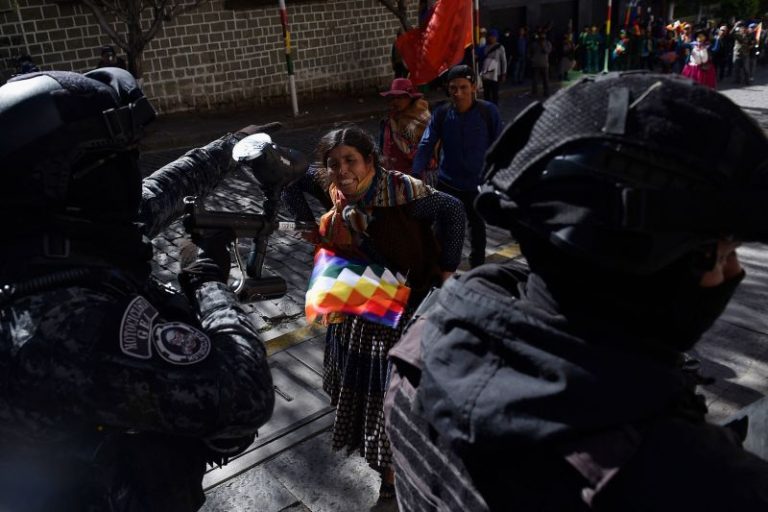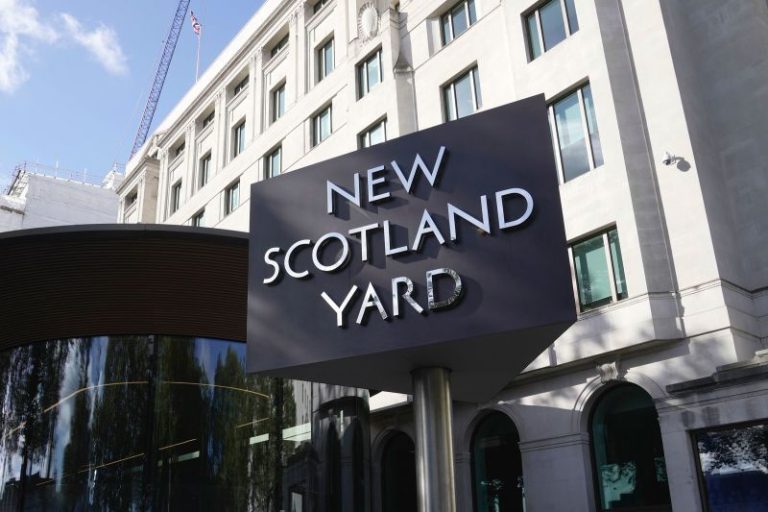For millions across India, a rigid caste system thousands of years old still dictates much of daily life – from social circles to dating pools to job opportunities and schooling.
The Indian government has long insisted that the social hierarchy has no place in the world’s most populous nation, which banned caste discrimination in 1950.
So, it came as a surprise when Prime Minister Narendra Modi’s administration announced that caste would be counted in the upcoming national census for the first time since 1931 – when India was still a British colony.
Counting caste will “ensure that our social fabric does not come under political pressure,” the government said in its April press release. “This will ensure that society becomes stronger economically and socially, and the country’s progress continues without hindrance.”
The release didn’t include any detail on how the caste data would be collected, or even when the census will take place (it has been repeatedly delayed from its original 2021 date). But the announcement has revived a longstanding debate about whether counting caste will uplift disadvantaged groups – or further entrench divisions.
The proposal is so controversial because a caste census “forces the state to confront structural inequalities that are often politically and socially inconvenient,” said Poonam Muttreja, Executive Director of the Population Foundation of India.
The lack of caste data over the past century means “we are effectively flying blind, designing policies in the dark while claiming to pursue social justice,” she added. “So, the next census is going to be a historical census.”
India’s caste system has roots in Hindu scriptures, and historically sorted the population into a hierarchy that defined people’s occupations, where they can live and who they can marry based on the family they’re born into. Today, many non-Hindus in India, including Muslims, Christians, Jains and Buddhists, also identify with certain castes.
There are several main castes, and thousands of sub-castes – from the Brahmins at the top, who were traditionally priests or scholars, to the Dalits, formerly known as the “untouchables,” who were made to work as cleaners and waste pickers.
For centuries, castes on the bottom rung – Dalits and marginalized indigenous Indians – were considered “impure.” In some cases they were even barred from entering the homes or temples of the upper castes, and forced to eat and drink from separate utensils in shared spaces.
India tried to wipe the slate clean after it won independence from Britain in 1947, introducing a flurry of changes in its new constitution. It set up specific categories of castes, used to establish affirmative action quotas and other benefits – eventually setting aside 50% of jobs in government and places at educational institutions for marginalized castes. It also abolished the concept of “untouchability” and banned caste discrimination.
The decision to stop counting caste in the census was another part of this mission.
“After independence, the Indian state consciously moved away from enumerating caste … in the census,” said Muttreja. “They thought they should not highlight caste, and that in a democracy, it will automatically even out.”
But that hasn’t happened. Although the hard lines of caste division have softened over time, especially in urban areas, there are still major gaps in wealth, health and educational attainment between different castes, according to various studies. The most disadvantaged castes today have higher rates of illiteracy and malnutrition, and receive fewer social services such as maternal care and reproductive health, Muttreja added.
Social segregation is also widespread; only 5% of marriages in India are inter-caste, according to the India Human Development Survey. Similar divides linger in friend groups, workplaces, and other social spaces.
These persistent gaps have fueled rising demand for a caste census, with many arguing that data could be used to secure greater federal government aid and reallocate resources to the needy.
In some states – such as Bihar, one of India’s poorest states – local authorities have conducted their own surveys, prompting calls for Modi and his Bharatiya Janata Party (BJP) government to follow suit.
Now, it appears, they will.
Modi has long pushed back on attempts to define the population along traditional caste lines, previously declaring that the four “biggest castes” were the poor, youth, women and farmers – and that uplifting them would aid the entire country’s development.
But rising discontent among underprivileged castes boosted opposition parties during the 2024 national election, which delivered a shock result: although Modi won a third term, the BJP failed to win a majority in parliament, diminishing their power.
Modi’s U-turn on the caste census, his rivals claim, is a political maneuver to shore up support in upcoming state elections, particularly in Bihar – a battleground state where the issue has been particularly sensitive.
“The timing is no coincidence,” wrote M. K. Stalin, the Chief Minister of Tamil Nadu state and a longtime Modi critic, in a post on X. “This sudden move reeks of political expediency.”
Bihar’s own caste survey in 2023 found there were far more people in marginalized castes than previously thought, sparking an ongoing legal battle to raise the affirmative action quotas.
Several other states took their own surveys, which the federal government said in its statement were “varied in transparency and intent, with some conducted purely from a political angle, creating doubts in society.”
The main opposition Congress party celebrated the government’s announcement, claiming Modi had bowed to their pressure. BJP leaders, meanwhile, say the opposition neglected to conduct any caste census during their years in power, and had now politicized the issue for their own gain.
The previous Congress-led government did conduct a national caste survey in 2011, but the full results were never made public, and critics alleged the partial findings showed data anomalies and methodology issues. It was also separate from the national census conducted that same year, meaning the two sets of data can’t be analyzed against each other.
Though authorities haven’t said when the new census will take place, they have enough time to refine the methodology and make sure key information is collected, said Sonalde Desai, demographer and Professor Emerita of Sociology at the University of Maryland College Park.
After the census is complete, the next battle will begin: how to use that data to shape policy.
Not all are in favor of the caste census.
Opponents argue that the nation should be trying to move away from these labels instead of formalizing them. Some believe that instead of focusing on caste, government policies like affirmative action should be based on other criteria like socioeconomic class, said Desai, also a professor of applied economic research at the National Council of Applied Economic Research in New Delhi.
She supports the caste census, but said opponents might view such a survey as regressive, instead of helping to create “a society in which (Indians) transcend that destiny” defined by caste.
There’s another factor, too: if the census reveals that marginalized castes are bigger than previously thought, as was the case in Bihar, the government could increase how much affirmative action they receive, angering some traditionally privileged castes who already dislike the quota system.
Over the years, anti-affirmative action protests have broken out, some turning deadly – with these groups accusing the government of reverse discrimination, echoing similar controversies in the United States about race-conscious college admissions and job hiring. These same groups are likely to decry the caste census, Muttreja said.
Already, some opposition leaders are calling to remove the 50% cap on affirmative action quotas, and to implement affirmative action in other institutions like private companies and the judiciary – controversial proposals that have prompted online firestorms.
It might also show how the balance of power and privilege has shifted over the past century, said Desai. Since the 1931 census, some previously disadvantaged castes may have been buoyed by affirmative action and other measures – while other castes that once sat higher on the ladder may no longer be considered as privileged.
This is why, she argues, India’s government should use the data to perform a “re-ranking” – reorganizing which castes belong in which of the specific categories used to allocate resources and benefits.
The census could clearly illustrate who needs what kind of help and how to best deliver it, instead of relying on outdated data, said Muttreja. It can reveal intersectional gaps; for instance, a woman in rural India may struggle far more than a man of the same caste, or a peer in an urban area. And it could show whether any castes have ballooned in size, demanding more funding than currently allocated.
“It can shape school funding, for instance, health outreach, employment schemes and more,” she said. It “helps ensure that quotas reflect real disadvantage, not just historical precedent.”
Once that data is out there, Muttreja believes, the government will be forced to act – it can’t afford not to. And for those who still deny that caste discrimination remains rampant, or who argue that affirmative action is no longer necessary: “This data will stare at people’s faces.”
This post appeared first on cnn.com





